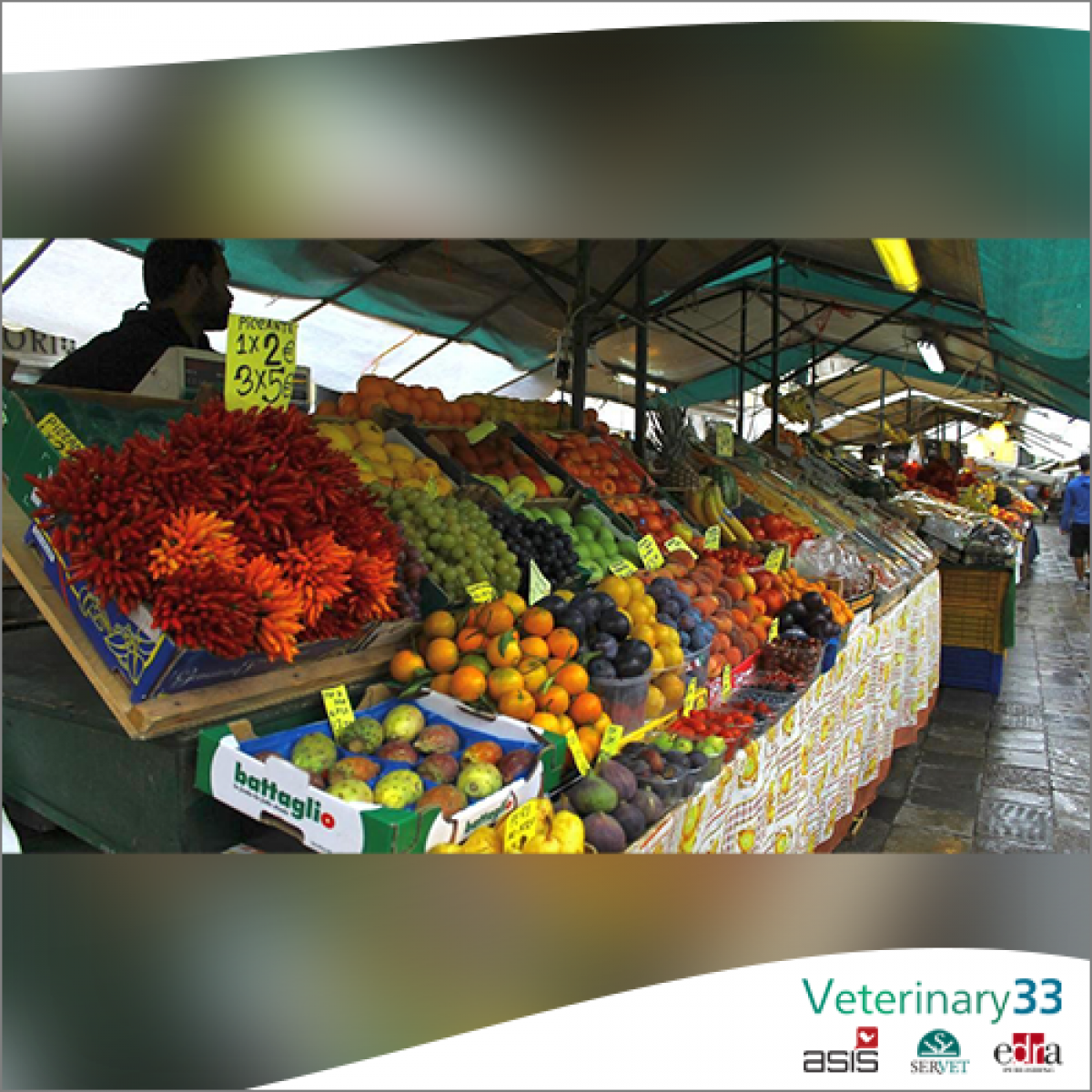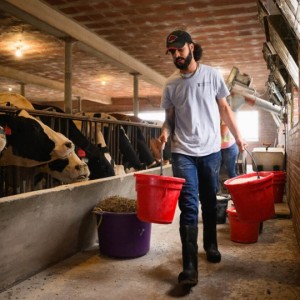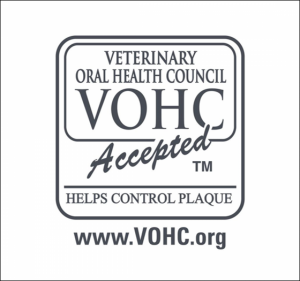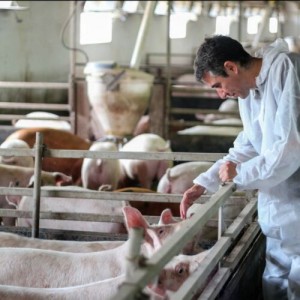OMS gives food safety guidelines for traditional markets in Europe
These establishments are an important source of food for millions of people but have also been associated with zoonotic outbreaks.
The European Regional Office of the World Health Organization (O.M.S) has published a document with guidance on promoting safe and healthy food in the traditional markets of this geographical area. With it, you want to identify food safety problems, decide priorities for improvement, develop an action plan, implement interventions and monitor performance.
The target audience for the report, which can be viewed at this link, are stakeholders in this area of the planet, including local policymakers and market management authorities, experts and academics in health and food safety, community leaders, locals, market vendors, and workers.
Traditional markets are important sources of food for millions of people in the WHO European Region, but they have also been associated with zoonotic and foodborne outbreaks, including COVID-19. This O.M.S region includes 53 countries, while only 27 nations are in the European Union.
Aspects to be considered
According to the report, establishing and maintaining a safe traditional food market depends on the state of the market in several respects:
- Location, distribution, facilities and equipment.
- Risk-based inspection and enforcement services.
- Food hygiene and training of market vendors.
- Ready-to-eat food preparation and cooking practices.
- Food safety awareness among workers and customers.
- Effective emergency response plans.
- The ability of governments and authorities to make the best usage of existing resources.
It is recognized that markets are diverse in terms of food organization, distribution and supply, and countries have different ways of addressing food security problems.
To prevent the spread of infectious diseases within them, workers and the public should be aware of recommended personal hygiene practices, such as frequent cleaning and disinfection of work surfaces and avoiding contact with live animals and potentially contaminated surfaces.
In 2010, an estimated 23 million people became ill and 4,700 died from eating contaminated food in the O.M.S.Europe Region.
Some markets are permanent with fixed locations, but others are temporary and are set up ad-hoc. In traditional markets, the food that is sold generally includes products such as fruits, vegetables, cereals, meats, poultry, fish, eggs, dairy products, and beverages. Many also sell a variety of ready-to-eat foods.
The legal basis for food safety in traditional markets should determine obligations to manage nutrition and food safety risks, define the roles and responsibilities of stakeholders, adopt risk-based approaches, and allow updates as they change. Circumstances and new food problems arise.
Veterinary supervision
Short-term measures to minimize the risk of cross-contamination between live animals, ready-to-eat foods, and humans include veterinary supervision of the slaughter of animals and the separation of sale and slaughter areas from those open to the public. Medium and long-term steps include training and phasing out the sale and slaughter of live animals, experts say.
The sale of live domestic and wild farmed animals can be acceptable if animal health and welfare standards, biosecurity measures, and food and meat hygiene standards are followed during production, processing and marketing.
Quick ways to improve food safety incidents and emergency management include developing and testing procedures to remove and recall potentially contaminated food. Longer-term measures include food safety emergency response plans and procedures for communicating between suppliers, market authorities, and health agencies in the event of food safety incidents.
Short-term action to address poor enforcement of regulatory requirements includes establishing a list of businesses in the marketplace and categorizing them according to food safety and risk of non-compliance and creating an inspection record system to use as a basis for conducting risk-based food inspections. Longer-term steps are training programs for food inspectors and veterinarians, according to the report.









List
Add
Please enter a comment